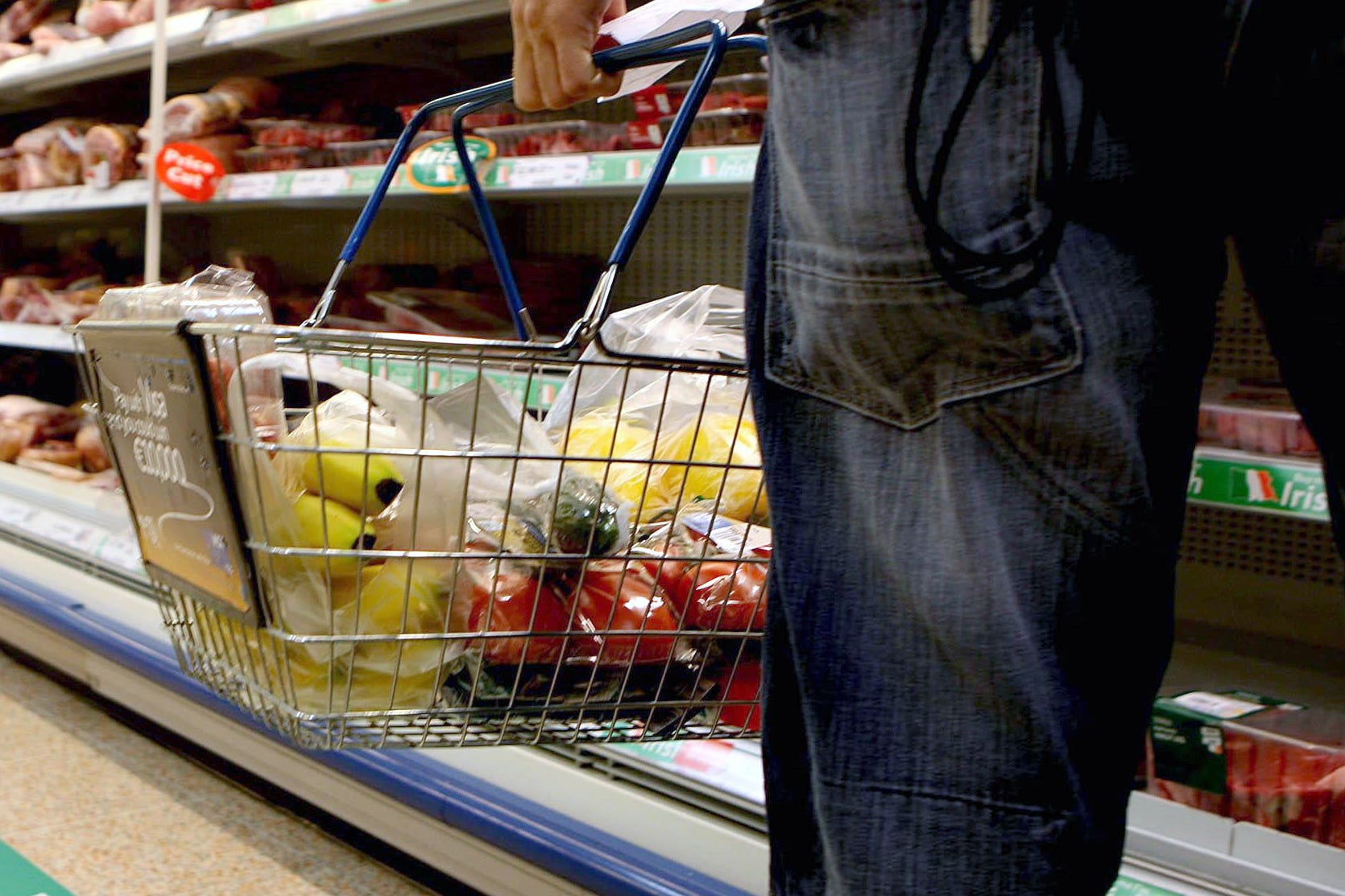Food prices see fastest monthly jump since April last year
Food prices overall increased by 0.5% between December and January, according to British Retail Consortium figures.

Your support helps us to tell the story
From reproductive rights to climate change to Big Tech, The Independent is on the ground when the story is developing. Whether it's investigating the financials of Elon Musk's pro-Trump PAC or producing our latest documentary, 'The A Word', which shines a light on the American women fighting for reproductive rights, we know how important it is to parse out the facts from the messaging.
At such a critical moment in US history, we need reporters on the ground. Your donation allows us to keep sending journalists to speak to both sides of the story.
The Independent is trusted by Americans across the entire political spectrum. And unlike many other quality news outlets, we choose not to lock Americans out of our reporting and analysis with paywalls. We believe quality journalism should be available to everyone, paid for by those who can afford it.
Your support makes all the difference.Food prices have seen their fastest monthly jump since April last year in an “early sign of what is to come”, latest figures show.
Food prices overall increased by 0.5% between December and January, while the price of ambient food saw a 1% jump as prices spiked for sugary products, chocolates and alcohol, according to figures provided to the PA news agency by the British Retail Consortium (BRC).
Inflation figures show food prices were 1.6% higher in January than a year before, easing from 1.8% in December, according to the BRC-NielsenIQ Shop Price Index.
Fresh food inflation slowed to 0.9%, down from 1.2% in December, while the price of ambient food edged down to 2.5% in January from 2.8%.
While overall shop prices fell in January, the pace of deflation eased to 0.7% from December’s 1%.
BRC chief executive Helen Dickinson said: “Extensive January sales was good news for bargain hunters, with non-food products showing significant discounts, particularly for furniture and fashion, but less good news for retailers needing to shift excess stock.
“This month’s figures also showed early signs of what is to come, with month-on-month food prices rising at their fastest pace since April last year. Ambient food saw a 1% jump as prices spiked for sugary products, chocolates and alcohol.”
Ms Dickinson added: “Price cuts and deflation may not last much longer as retailers will soon feel the full impact of £7 billion of new costs announced at the last Budget.
Shoppers continue to be unsure about spending and many are seeing a continued squeeze on their household incomes. So we expect non-food retailers to still promote and food retailers to still offer price cuts over the next few weeks
“Higher employer NICs (national insurance contributions), increased national living wage, and a new packaging levy mean that prices are expected to rise across the board.”
Mike Watkins, head of retailer and business insight at NielsenIQ, said: “Shoppers continue to be unsure about spending and many are seeing a continued squeeze on their household incomes.
“So we expect non-food retailers to still promote and food retailers to still offer price cuts over the next few weeks, with shoppers managing their budgets by shopping smart and shopping around for wherever the savings are the most attractive.”